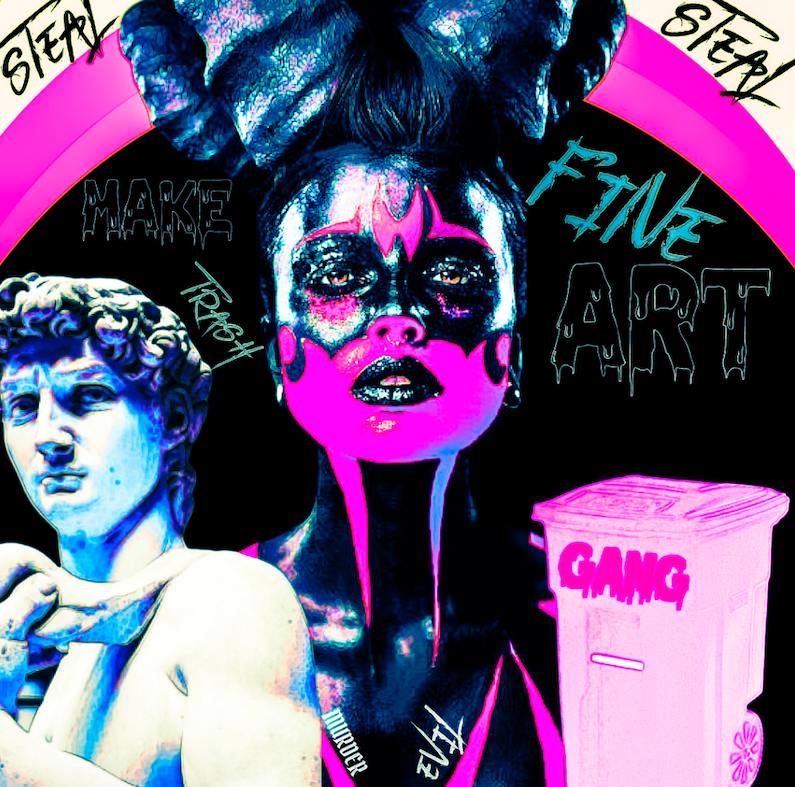You will find a sea of trash art repurposed from waste materials if you search for ‘ trash art ‘ online. Trashy on several counts. Contrary to avant-gardists in the 20th century, trash art has taken on a completely different meaning in the digital age. What changed? In a literal sense, much more has changed.
Content Outline
What exactly is Trash Art? The Beginnings of a Crypto Art Movement 2024
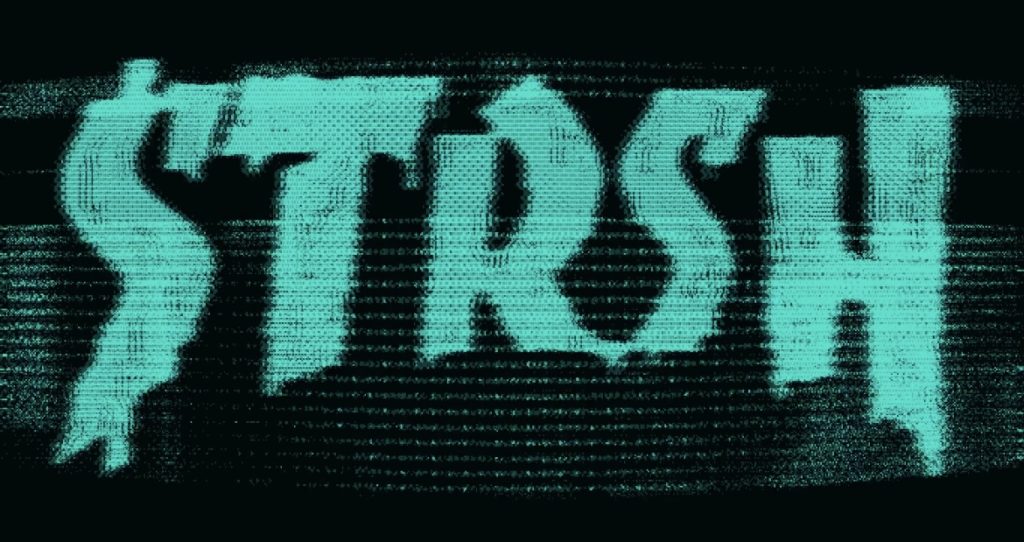
The experiment began just a year ago, in early 2020, before all the buzz around the record-breaking sales and all the media attention.
Using newly available marketplaces for digital collectibles, a few artists were experimenting with minting digital art on the blockchain.

There are some platforms that anyone can join, such as Rarible, and others, such as SuperRare, that require artists to submit a profile for review.
The time was one of experimentation, discovery, and innovation, much like the present.
The original NFT marketplaces were held in the context of a power struggle, in which participants defended art in all its forms, just as Foucault examined the fluidity of truth and power.
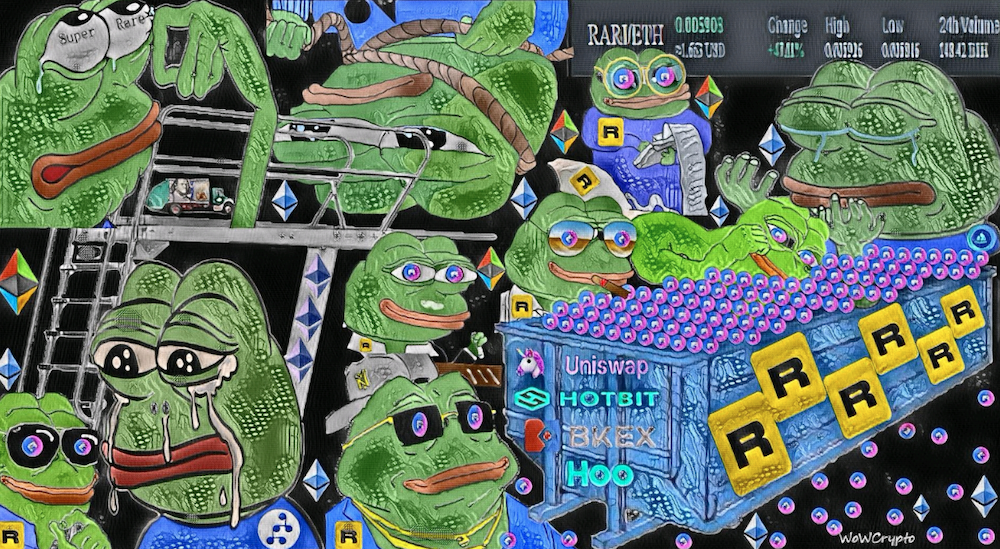
The term Trash Art was coined by the artist @spacedivers to signify a social movement within the early crypto-art scene. In the beginning, it was just a joke for a lazy gif, so basically, everything was trash art.
One of the first artists to experiment in space is Kamisama, who shares that he likes to take pictures of objects people would not consider art and animate them.
Kamisama describes apps such as PhotoMosh as the “lazy way” for remixing each other’s work, and he uses the phrase to describe the use of PhotoMosh by Trash Artists.
But curated platforms and some collectors had completely different attitudes. Artists defended self-expression on Twitter, which became a forum for heated debates on the quality of the art. Mohini, who contributed to the development of the community with other artists, including @oculardelusion, @SugarClub_, and @ShaolinShoppe, says, “They didn’t even put the word art there. They just called it spam.”.
@Jay_Delay, @yelitzardgz, @Ferris_Bullish, @CollinsCustomIP, and @hiram_mesa to name a few.
The suspension of crypto artist Robness for a repurposed image of Home Depot’s 64 GALLON TOTER from stock footage was a pivotal moment for the industry.
“It was total BS, and big-name artists were imposing rules on the rest of us. CryptoYuna, an artist and curator who has been active in the development of Trash Art, says that moneyed collectors influenced what platforms decided to do to artists.
In my opinion, Trash Art began as a result of a group of friends seeing one of their friends banned from SuperRare when he was using PhotoMosh to mint trash. We rebelled and left the notorious gate-kept a website that wanted to be the Sotheby’s of the crypto art world. So we called it lazy art and left.
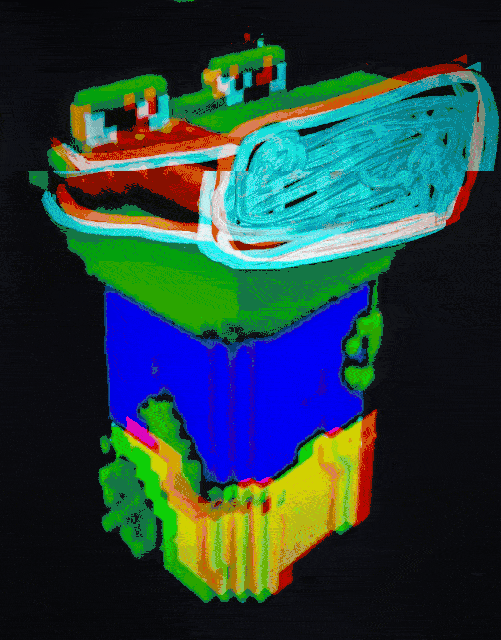
Thousands of trash can replicas of Robness’ 64 Gallon Toter were made in all shapes and sizes by community members as a symbol of protest and unity.
In response to the absurdities of the time, CryptoYuna created ‘Illegal TRASH quarantined’ as a humorous response to it. The song is illegal because I stole the trash can from another artist (my good friend), remixed it, put a mask on it, and minted it.
She emphasized issues of what constitutes art, how artists should remix others’ works, and copyright issues.
“Trash cans began flying through the NFT space, crossing chains and bringing artists together along the way,” laughs Bitjamin, whose artwork Prayer at the Mound depicts a figure kneeling before a trash can and praying to it.
Kisama even made a trash can wearable for the digital riot to bring trash to Cryptovoxels, a virtual world that users own and control.
Further, I have added a pepe to make the point clear; “It seemed like the gatekeeping at the time really opposed Robness and trash art, as well as Pepe.”. Obviously, I combined them”, explains Kamisama.
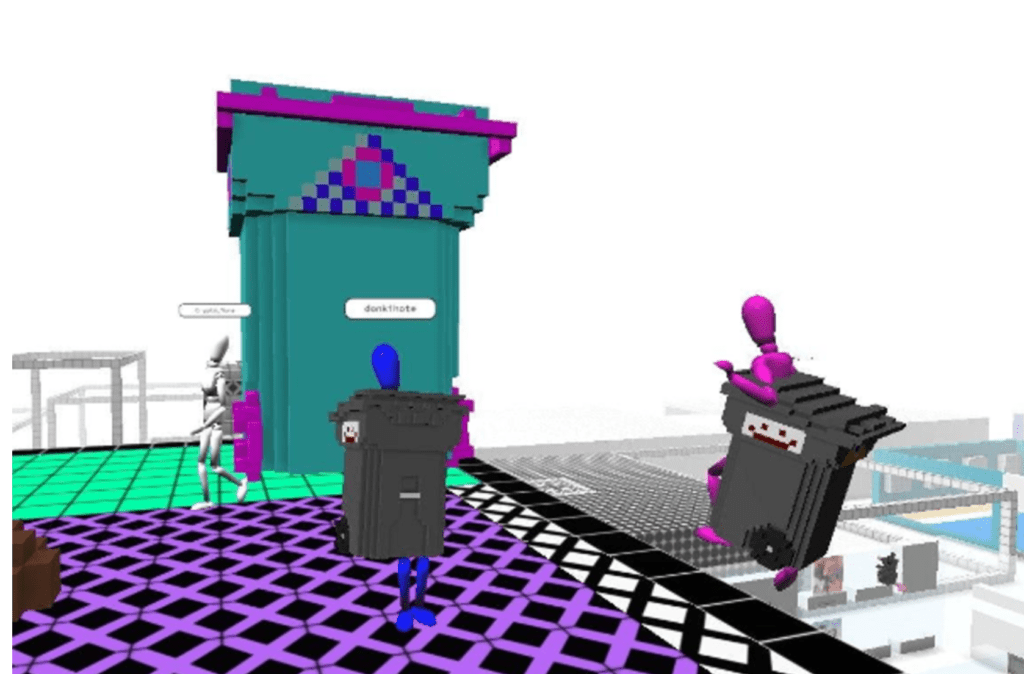
Collective energy has been a driving force behind the movement’s success. “In my opinion, trash art is a communal expression of respect between artists.
By taking the opposing view to the art critics, Bitjamin says people would not be as inclined to publish and publicize their works.
The community, as well as the digital medium, have provided Mohini with opportunities for self-expression just as Bitjamin and many others have. “I get addicted to Trash art instead of games, because there are no rules, and I don’t have to be precise,” she says.
This whole debate reminds me of how people reacted to dadaists’ readymades in the previous century. Other platforms can still be unbending in terms of their policies, even though some collectors have developed an appreciation for trash art.
As a prolific creator of the Trash Art movement and recently banned from the curated marketplace Foundation because of his low effort “NFT,” Max Osiris is an example of the ongoing censorship.
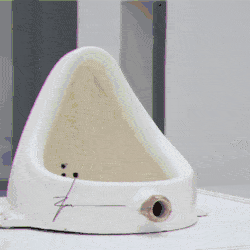
Osiris cleverly created an image of Duchamp’s urinal, with Robness’ signature in place of Elsa Von Freytag-Loringhoven’s, in response to Cointelegraph’s article on Robness in 2020.
The art critic Kenny Schachter recently listed ROBNESS URINAL and the broader range of trash artworks as two of NFT’s top picks despite Osiris’ removal from Foundation.
With more experts from the traditional art market joining the crypto art community, new voices will be brought into the dialogue to add context and meaning.
Trash Art historian and artist Eric Paul Rhodes has been a prominent figure in documenting the evolution of this art form.
Trash Art is a continuation of the ongoing revolution in our understanding of what is art, as he explains. “We took the term and incorporated it into what we were already doing,” he says.
A century-long understanding of art history is also apparent when we talk about Dada and Impressionism. Trash Art, too, will play an important role in the future. In retrospect, the community’s influence on Rarible was largely due to trash art, he comments.

Trash Art can be broken down into three categories – movement, meme, and aesthetic. In parallel to the evolution of Trash Art, the three elements also evolved, allowing artists to improve their skills and expand their vision while building on what being a Trash Artist means to them.
In Eric’s view, Trash Art is evolving: “There’s CryptoYuna’s Graffiti Queens project, JayDelay’s RATS project, and Max Osiris having to leave Foundation – he’s still asking the question – what is art?.”
Similarly, Amanda Silberling points out in Observer that the issues surrounding the core of what we consider art and how we allocate value in the era of mechanical (digital!) reproduction remain central to the debate over Trash Art.
We are forced to reevaluate things we’ve long held as true and ask questions we need to answer as we move even more into the digital era. Isn’t that the very point of art? The works are well established as a crypto art movement, whether they were merely trolls or not.
The weight of crypto art collectors and NFT whales
Robness claims the crypto art movement ran into legal problems when artists started copying art and making NFTs out of it. Thus, NFT marketplaces began to police artists on their platforms.
A big impact on the platform revenue is made by art collectors and whales (individuals holding large amounts of a specific digital asset) on NFT platforms.
Apparently, even curation on platforms is influenced by collectors, according to Robness. A collector, for example, removed Osiris from KnownOrigin after threatening to stop buying from the site. Rather than “watching out for the collectors,” the platforms should be “protecting” artists instead.
In the end, trash art questions the gatekeeping prevalent in the art world. With blockchain revolutionizing digital art, trash art is challenging traditional notions of art and forcing people to look beyond them.
A dedicated museum for trash art exists in CryptoVoxels called $TRSH gallery. In spite of its growing popularity in the crypto art community, the movement still has a long way to go.
Quick Links

